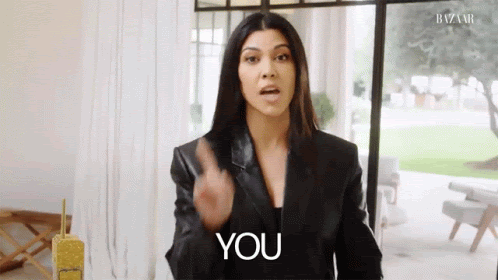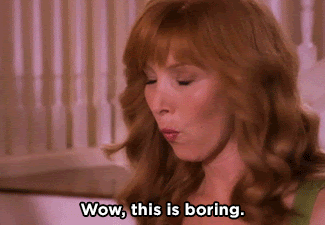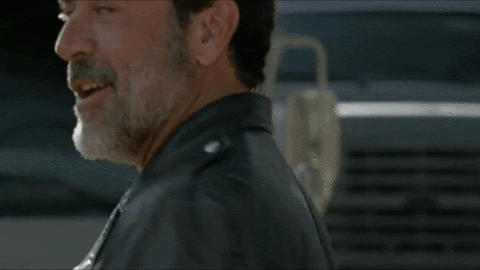How to write a banging press release


Emily Pinch Digital PR Manager
4 min read
Tuesday, 7th June 2022
A press release can make or break a campaign and, after all the hard work you’ve put in, you want to make sure it lands. Luckily for you, I’ve pulled together some top tips for making sure your press release is banging, and sure to make it rain links!

HAVE A CATCHY SUBJECT LINE
We all know that journalists receive hundreds of emails a day, and standing out in just one line can be tricky. Not only do you need to make sure your campaign can be explained in a sentence, but you need to grab the journalist’s attention. Using buzz words, emojis, and all the key information is sure to help you do just that.
BE EYE-CATCHING
Once you’ve nailed that subject line, it’s time to focus on the press release itself. You want to engage with the reader and intrigue them with your story. By using colours, bold fonts, and relevant images, you can not only catch the journalist's eye but also entice them to read your well thought out release.
DON'T BE BORING

You’ve spent so long making sure your campaign is fun, so why make your press release boring? When you’re writing your press release ask yourself: is this something you would want to read? Set the scene, tell the story, and don’t be afraid to have fun with it.
BECOME THE JOURNALIST
Not in a Karate Kid sense, but put yourself in their shoes. Learn how they write, what kind of language they use, and make their lives a hell of a lot easier. That way, they can pluck the information they need out of your press release to piece together their own article without the need to edit your copy.
DO YOUR RESEARCH
If your client has a list of dream publications they want to land, tailor your press release to suit how these publications already write to better your chances of getting picked up. Publications have lots of different writing styles based on their niche and type of reader, so if the journalist can see your press release already on their website, you’re halfway to landing coverage.
GET TO THE POINT
You only have the journalist’s attention for a short amount of time, so make sure you’re getting to the point, and avoid using long sentences or waffling. What is your story, and why should they care? Is it a survey, is it search volumes or maybe even a new product? Don’t leave anything to the imagination, and don’t keep them guessing.
DON’T MAKE THEM WAIT FOR IT
When structuring your press release, make sure you put the most important or interesting information at the top. This way, the journalist won’t have to keep reading to find the best part of your campaign.
SHORT BUT SWEET
While your press release should include all the most essential information about your campaign, keep it short. Ideally between 500-800 words. Stick to this, and journalists won’t be put off by how long it will take them to read it.
BREAK IT UP!
Avoid having large paragraphs, and make sure to break up the text. This way, your press release will be easier to digest, and a journalist won’t be overwhelmed by all of the information.
MAKE IT EASY

Make sure you include links to your campaign page so the journalist knows exactly where to go to find out more information (and increase your chances of getting links!). And include a Dropbox or something similar with all of the imagery in to save them having to hunt down their own.
SHAKE THINGS UP
Remember, if it doesn’t land how you thought it would, don't be afraid to mix it up and test different subject lines or formats, and monitor which one has the most success. Make sure you give your campaign enough breathing room, though - it needs enough time to perform before alterations need to be made.
ATTENTION TO DETAIL
When you’ve written your banging press release, don’t forget to proofread, or get another PR savvy person to give it a once over. Check out for things like spelling, grammar, punctuation - you don’t want to fall at the first hurdle and put a journalist off with small mistakes!
Congratulations! You’re now a pro at writing banging press releases, thanks so much for reading! If you want to find out more PR tips, tricks, and general wizardry, don’t be afraid to reach out on Twitter.
